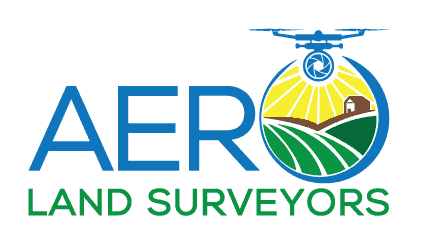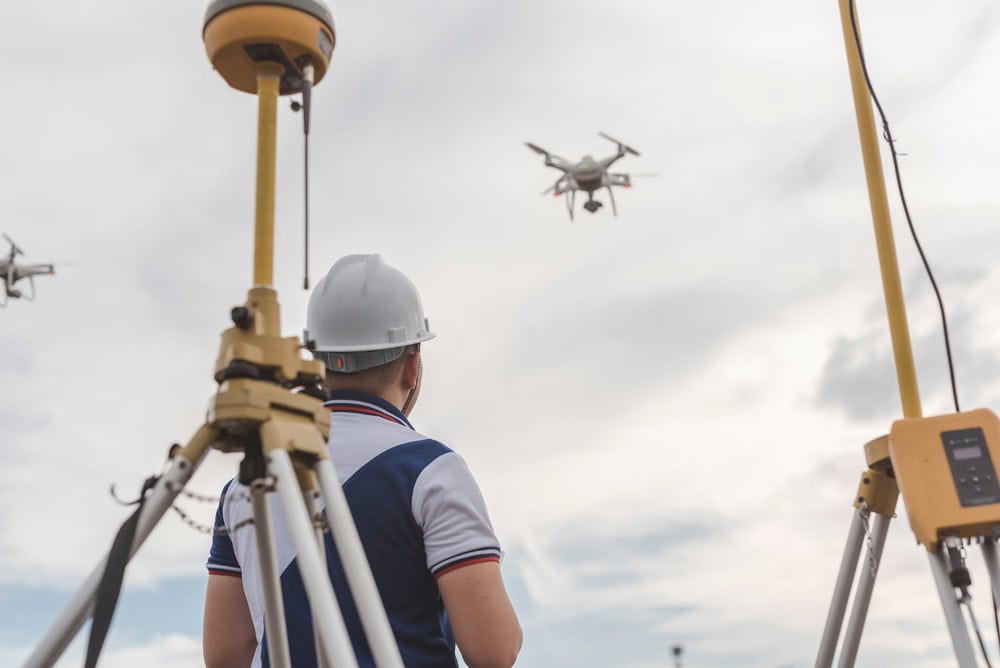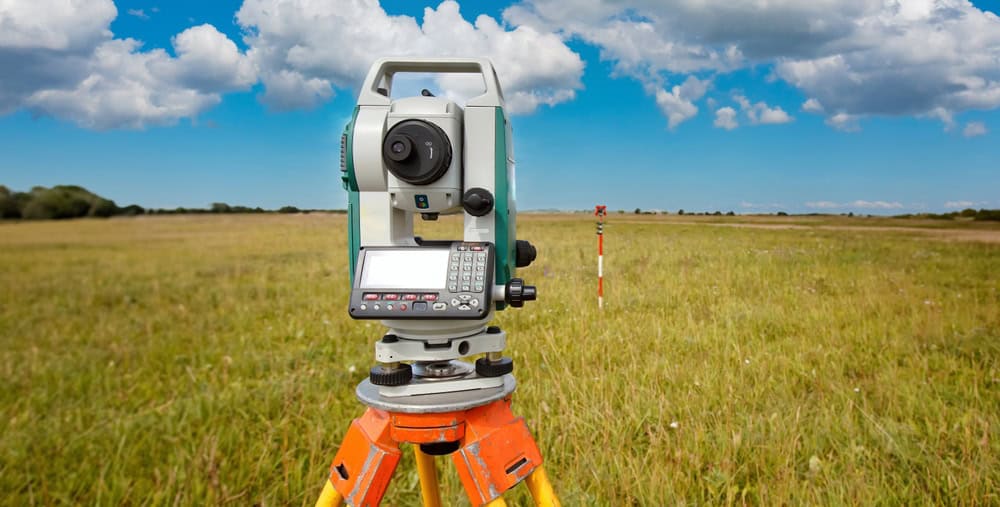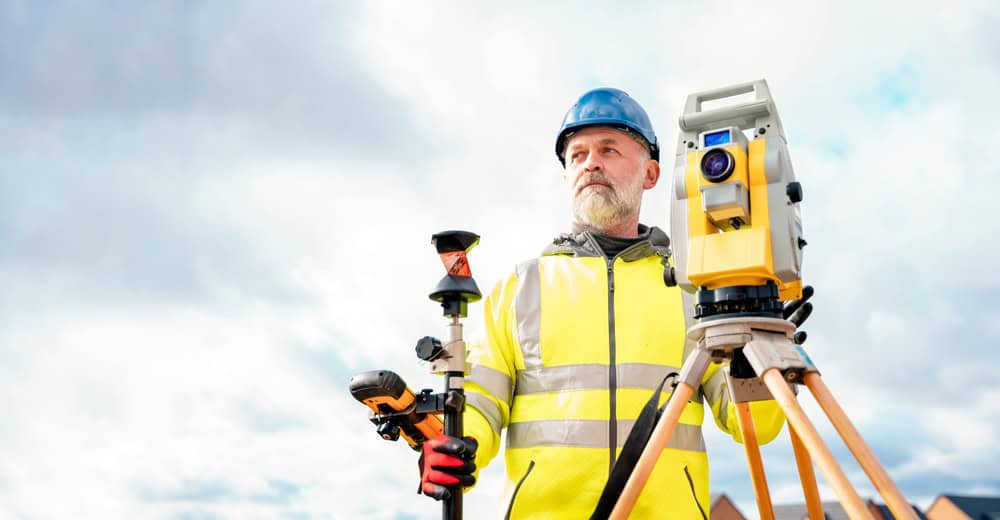Summary:
When Florida Law Requires Tree Surveys for Development
Florida requires sealed tree surveys prepared by licensed land surveyors for building permits and tree removal permits, showing all trees with exact locations. This isn’t a suggestion—it’s mandatory for most property development projects.
As of January 2021, tree surveys became required for all residential tree removal permits in many Florida counties. Properties larger than 1.25 acres with existing tree canopy or trees over 10 inches in diameter automatically trigger survey requirements.
The regulations vary significantly between counties, but the trend is clear: Florida is tightening tree protection requirements, and developers who ignore these land surveying requirements face costly consequences.
Understanding Tree Protection Ordinances in Martin County, Okeechobee County, and Indian River County
Martin County, Okeechobee County, and Indian River County each have specific tree protection requirements that directly impact your property development project. Martin County doesn’t regulate tree removal on established single-family residential lots unless trees are in preservation areas, but undeveloped properties face different rules.
The complexity doesn’t end there. When you’re removing 10 or more trees, site plans and tree surveys become mandatory requirements. This means your small residential project could suddenly require the same documentation as a major commercial development.
Trees 4 inches diameter at breast height or greater, or any vegetation within wetland and upland buffer areas require permits for removal or protection during development. Miss this detail, and you’re looking at stop-work orders and potential legal complications.
What makes this particularly challenging is that each municipality may have additional requirements beyond county regulations. Local municipal governments like Stuart, Indiantown, and Jupiter Island have their own specific tree requirements that differ from county regulations. You’re not just dealing with one set of rules—you’re navigating multiple layers of regulation that can change based on your exact property location.
The Real Cost of Skipping Required Arborist Surveys
Not having a required survey causes delays and fines, and might mean redoing work that doesn’t follow regulations. These aren’t minor inconveniences—they’re project-killing problems that can cost thousands of dollars and months of delays.
Removing trees without proper permits leads to fines as described in county Land Development Codes. But the financial impact goes beyond fines. Processing times for permits can take several weeks or even months, which means your construction crews sit idle while you sort out compliance issues.
The ripple effects compound quickly. Your contractors reschedule other jobs. Material deliveries get pushed back. Financing arrangements face deadline pressures. What started as a simple oversight becomes a cascade of complications that threaten the entire project’s viability.
Failing to comply with tree protection regulations results in costly fines or project delays. Smart developers understand that professional tree surveys aren’t just regulatory hurdles—they’re insurance policies against much larger problems down the road.
What Professional Land Surveying Provides for Tree Assessment
Tree surveys show the number of trees, including species and size, located on a parcel of land. But professional land surveying goes far beyond simple tree counting.
A detailed tree survey identifies species present, their location, size, and proximity to property lines, with surveyors showing tree locations on boundary surveys and providing detailed characteristics data. This information becomes the foundation for all your property development decisions.
The survey data helps you understand what you’re working with before you commit to expensive design and engineering work.
Essential Data That Impacts Your Development Plans
A comprehensive tree inventory records species, size, age, health condition, and location of all trees on the property. This isn’t just academic information—it directly affects your site design, construction costs, and permit requirements.
Tree surveys on land that will be cleared and developed provide a record of existing conditions and aid in determining how many replacement trees need to be planted after development is complete. Knowing your replacement requirements upfront helps you budget accurately and plan your landscaping from day one.
Tree surveys help identify protected species on your land, ensuring compliance with local laws and regulations, since removing protected trees without proper authorization can lead to fines or legal complications. Protected species aren’t always obvious to untrained eyes, but they carry serious legal consequences if disturbed without proper permits.
Canopy analysis evaluates potential for shading, wind protection, privacy screening, or view obstruction, while risk assessment identifies potential hazards like dead limbs, decay, or leaning trunks that could cause property damage. This information helps you design around valuable trees while addressing safety concerns before they become liabilities.
How Advanced Technology Improves Survey Accuracy
Florida requires that landscape architects or ISA certified arborists provide detailed tree information including botanical and common names, height, canopy spread, and diameter measurements. Your survey needs to meet these specific technical requirements, or permit applications get rejected.
Modern land surveying technology makes a significant difference in accuracy and efficiency. We use advanced technology including GPS and 3D laser scanning to provide enhanced precision and reliability, ensuring your survey documentation meets the most demanding regulatory standards.
Tree surveys are often combined with topographic surveys as part of the design survey delivered to engineers. This integration streamlines the design process and ensures all site conditions are considered together, not as separate issues that might conflict later.
Survey recommendations for tree maintenance, preservation, or removal are based on evaluation findings, local regulations, and sustainable management practices. We don’t just document existing conditions—we provide actionable guidance that helps you navigate the permit process efficiently while protecting valuable trees that can increase property value by up to 20%.
Making Tree Survey Decisions That Protect Your Property Development
Tree surveys are smart investments for property planning or construction, providing peace of mind by identifying hazards while ensuring compliance with local regulations and potentially enhancing property value. The upfront cost of a professional survey protects against much larger problems later.
A skilled surveyor helps you follow all laws and avoid legal and financial trouble. This expertise becomes invaluable when you’re navigating Florida’s complex and evolving tree protection landscape.
Your property development success depends on understanding requirements before you’re locked into costly commitments. We provide the detailed tree survey documentation you need to move forward confidently, with advanced GPS and 3D laser scanning technology and local expertise that keeps Martin County, Okeechobee County, and Indian River County development projects on track and compliant.




